Discovering Jekyll Island’s Rich Heritage: A Journey Through 6 Remarkable Historical Sites
Nestled along the coast of Georgia, Jekyll Island invites history enthusiasts and curious wanderers to embark on a journey through its storied past. Jekyll Island is a treasure trove of historical sites that weave together the tapestry of its history. On your next visit don’t miss these remarkable historical sites on Jekyll Island that promise to transport you back in time.
Horton House
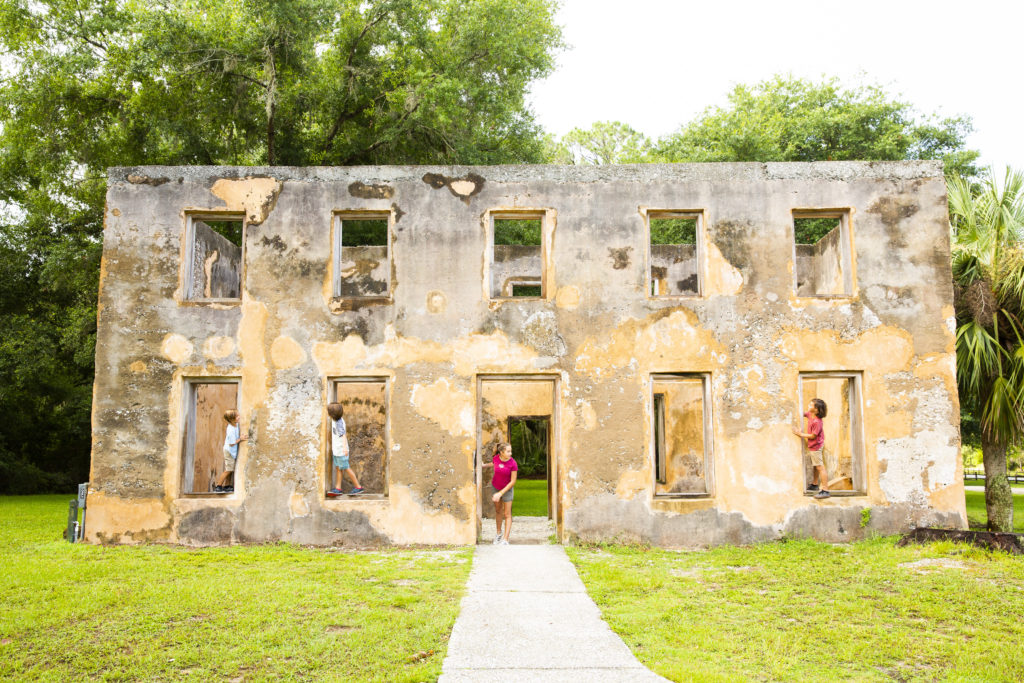
In 1735, William Horton was granted Jekyll Island by the trustees of the colony of Georgia. Following a Spanish attack that destroyed his first house on the island, Horton rebuilt the home that still stands today with the help of indentured servants in 1743.
Horton distinguished himself through his leadership in the fledgling colony. As one of Gen. Oglethorpe’s top military aides, Horton was in charge of troops garrisoned at Fort Frederica on nearby St. Simons Island.
Horton “found the land exceeding rich” on his Jekyll Island property, and grew a variety of crops to supply the nearby Frederica Settlement. Horton also brewed Georgia’s first beer at his plantation on Jekyll Island. The site also includes the cemetery of the DuBignon Family, which owned Jekyll from 1790 to 1886 and occupied the house as their home from 1790 until sometime in the mid-1800s. The Horton House is one of the oldest tabby buildings in Georgia, and is listed on the National Register of Historic Places.
Hollybourne Cottage
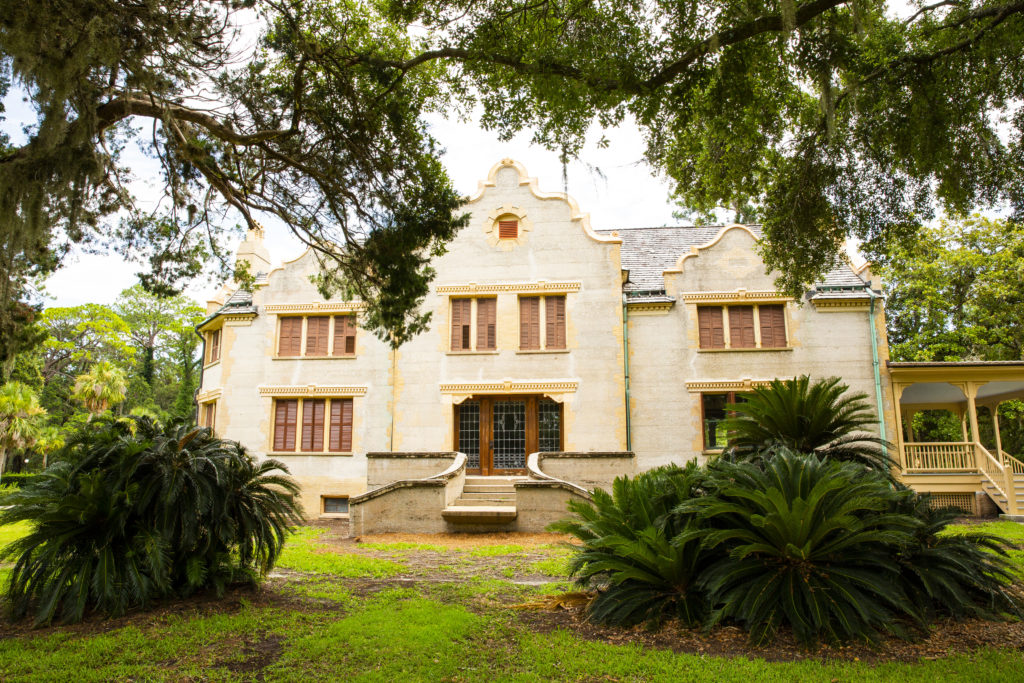
Hollybourne Cottage was built in 1890 by Club member Charles Stewart Maurice. The fabulous vacation retreat that Maurice built on Jekyll Island in 1890 was designed to be an architectural wonder of its own. The style was called Jacobethan or pseudo-Jacobean and was an early example of an eclectic Tudor style popular from 1890 until 1940.
Today, the cottage remains a diamond in the rough, with ongoing efforts to preserve the structure, and offers a perfect backdrop for receptions and other gatherings.
The Avenue of Palms
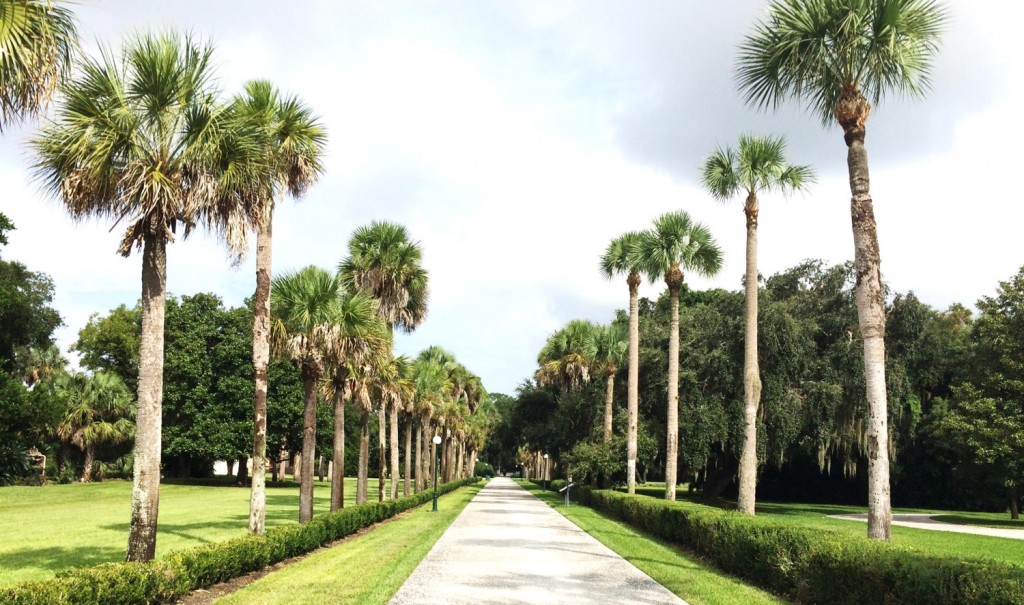
Jekyll Island’s Avenue of Palms consists of nearly 300 cabbage palms, planted in intervals along Plantation Road, from the north end of Stable Road to Faith Chapel. Many of these palms were originally planted around 1890, but others were lost to storms, pests, and disease. These were recently replaced in order to restore this palm avenue.
If you look closely, you can find “ghosts in the trees,” the remains of nail holes, in some of the original palms. During the Jekyll Island Club Era, nails were used to train the Cherokee rose, the state flower of Georgia, to run up the tree trunks, and Cherokee rose garlands and swags ran from tree to tree.
Wanderer Memory Trail
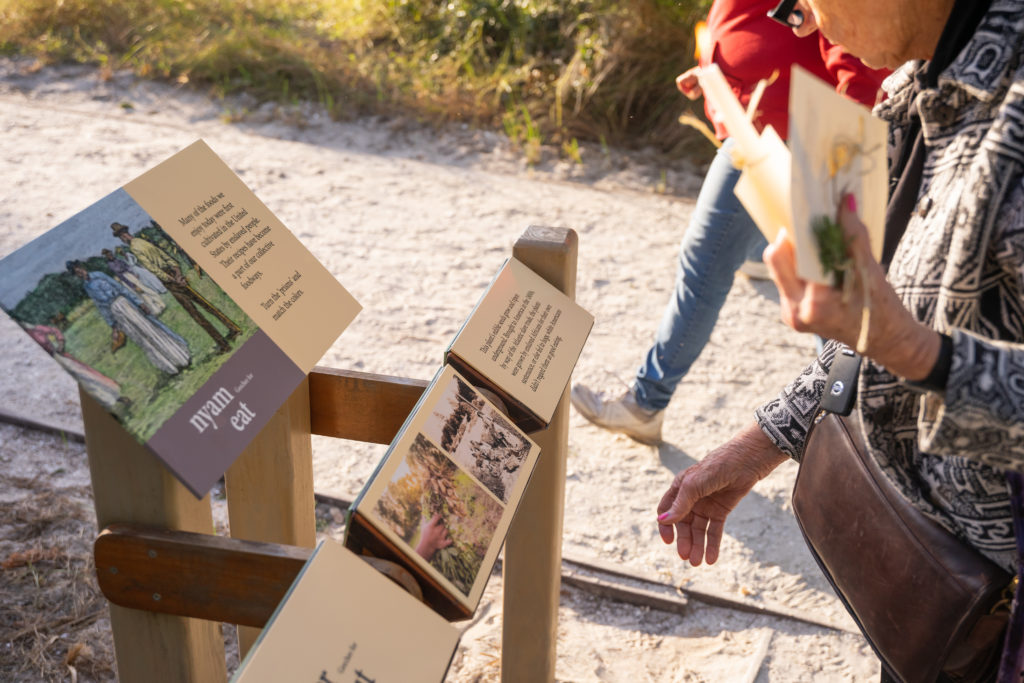
The Wanderer Memory Trail is a new educational experience on Jekyll Island that tells the story of one of America’s last known slave ships, the Wanderer. The trail is located along the banks of the Jekyll River where the ship illegally came ashore 160 years ago with more than 400 enslaved Africans. Made up of individual exhibits, the trail walks visitors through the story of Umwalla, a young African boy brought to America on the ship. Visitors of all ages will follow Umwalla’s journey from capture through freedom told through interactive exhibits along the trail.
The Wanderer Memory Trail has received a UNESCO Slave Route Project “Site of Memory” designation of the Middle Passage arrival on Jekyll Island. For more information, visit middlepassageproject.org.
Faith Chapel
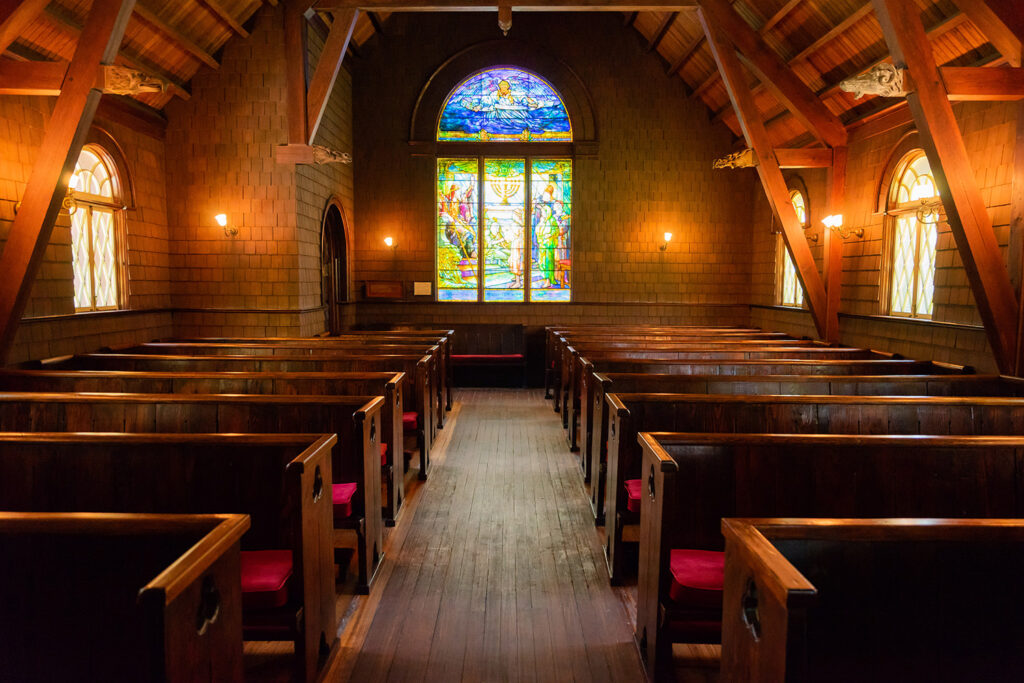
Constructed in 1904 for the members of the Jekyll Island Club, Faith Chapel has welcomed visitors for more than a hundred years. Enjoy the charming chapel which Club Member Frederic Baker wanted to be “worthy of the island.” Delight in the architectural whimsy of its animal carvings, terra cotta gargoyles, and Tiffany and Armstrong stained glass windows.
Plantation Oak
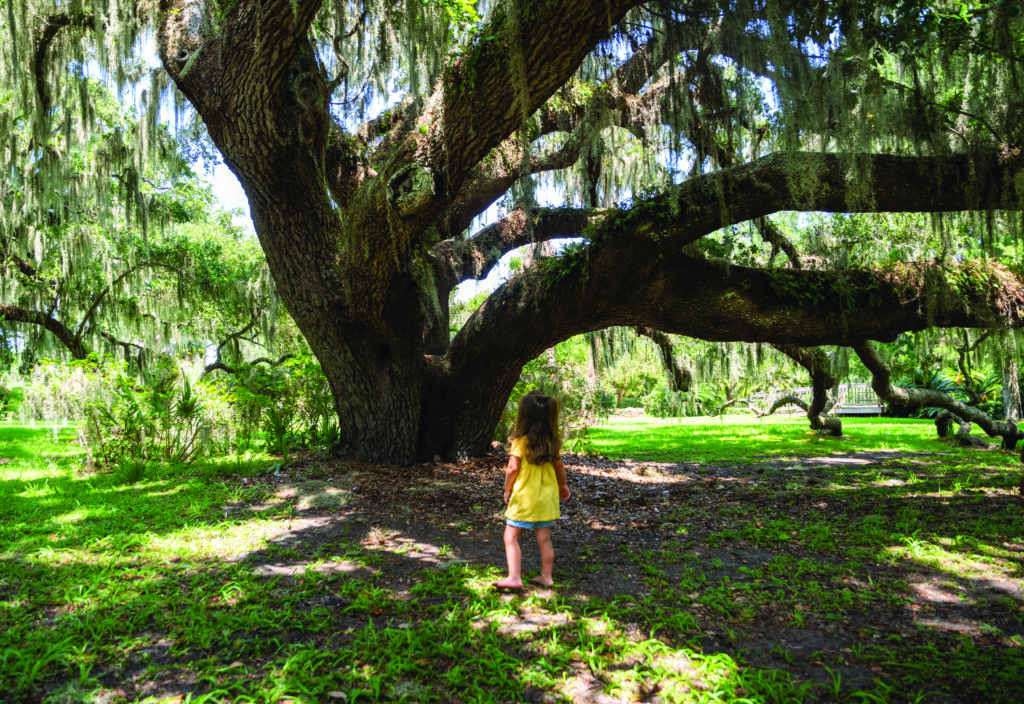
The largest live oak in the historic district is nicknamed Plantation Oak and is estimated to be approximately 375 years in age. Recognized by the Live Oak Society of America, it is perhaps the best overall live oak specimen on Jekyll Island. It best exemplifies how live oaks can become much broader than they are tall as they mature over time. As the largest branches extend further out from the main trunk of the tree, the weight of each branch actually causes them to rest on the ground, providing the tree with greater stability.